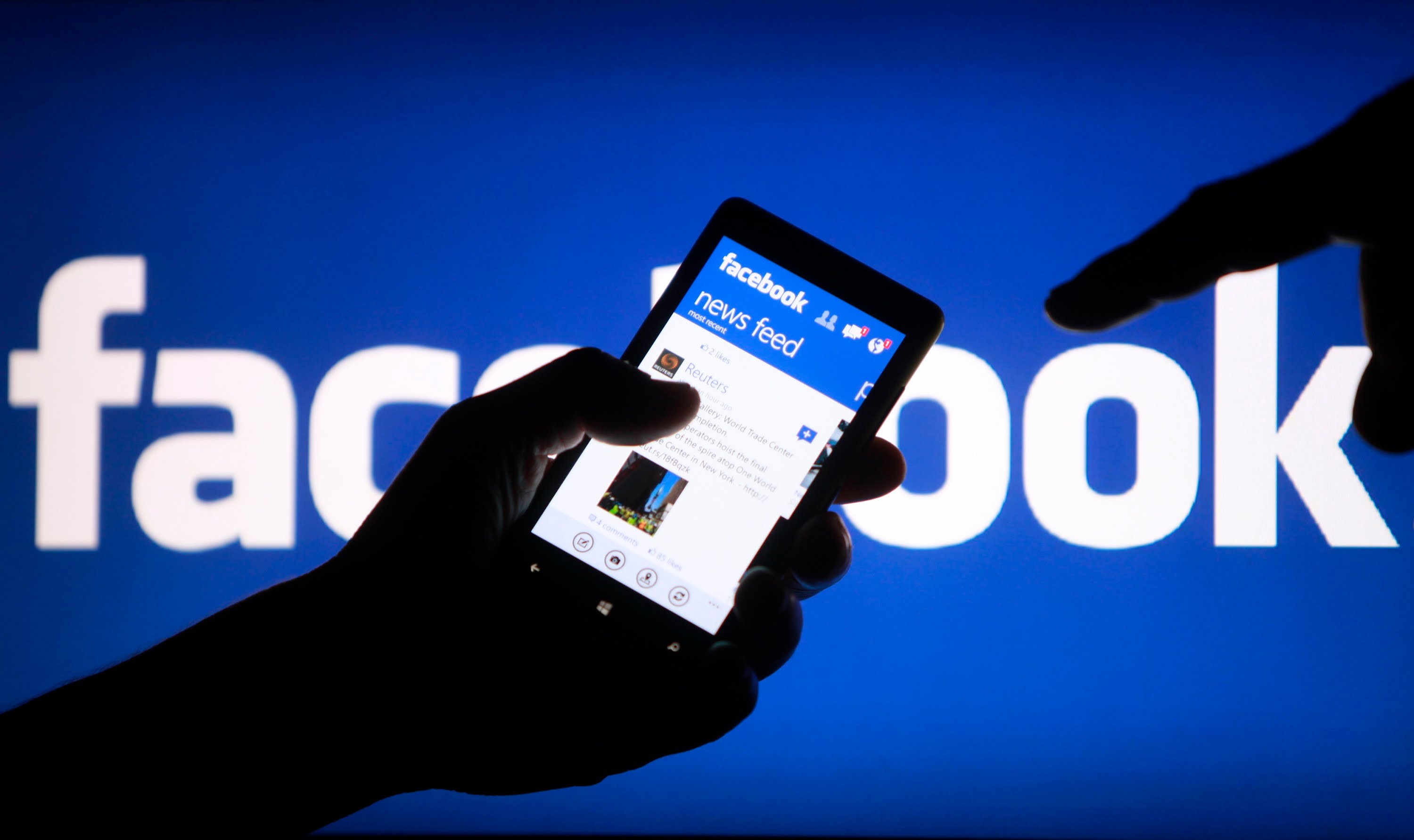The Importance of Posting Consistently
Before diving into how often you should post on a social media platform or Facebook, it’s essential to understand why consistency is crucial.
Posting on Facebook consistently helps build trust with your audience and establishes a clear brand voice on social platforms.

How often should you update your Facebook Page?
Posting on social media is an important aspect of building your online presence, but it’s about more than just the frequency of your posts. The content you post should always provide value, whether it’s sharing helpful tips, showcasing your work or offering behind-the-scenes glimpses. As for how often to post on social media, there is no one-size-fits-all answer. You should post regularly enough to keep your followers engaged but not so frequently that they feel overwhelmed. Test the waters and gauge your audience’s response to see what frequency works best for you. Remember to keep your tone conversational and casual, staying true to your brand’s voice.
Publishing on Facebook shows leads and potential customers that you’re actively in business.
It’s a matter of evaluation of the entire social media strategy. If you want to increase your engagement on social media, it’s essential to know when and what to post. More than posting weekly on social media is often required to keep your followers engaged. Instead, aim to post at least a few times a week. Visual content can also play a significant role in boosting engagement. Sharing eye-catching photos or videos can lead to more likes, comments, and shares than text-only updates. So if you want to keep your followers interested, keep your posts frequent and visually appealing.
The Fine Line between Active and Annoying: How Often Should You Post on Facebook?
As a marketer or a business account owner, it’s critical to balance being active on different social media platforms and being annoying.
Posting too little can result in reduced visibility and engagement while posting too often can annoy your followers, resulting in them unfollowing or disengaging with your other social media accounts and content altogether.
Finding the sweet spot between being active and annoying is, therefore, key to succeeding on the social media calendar on Facebook.

Understanding the Impact of Posting Frequency
Posting frequency refers to how many posts or often a page posts content on social media platforms such as Facebook.
Posting too little can also lose followers and result in reduced visibility and engagement while posting too often can annoy your followers and lead to decreased engagement.
1. The impact of posting too little
Posting less often to post little can result in reduced visibility and engagement.
By posting infrequently post on Pinterest only, you’re taking advantage of opportunities to reach new audiences and keep your business top-of-mind with your followers.
2. Audience behavior
Business posts’ optimal frequency depends on your audience’s behavior and preferences.
Analyze your Facebook Insights to determine when your audience is most active on the social media management tool on the platform.
This can help you determine the optimal social media posting frequency, ensuring the maximum number of people sees your content.
Optimal Posting Frequency for Facebook
The optimal posting frequency for Facebook varies depending on your business’s goals, resources, social media success, and audience preferences.

Setting an Optimal Frequency for Posting
A fundamental part of defining any successful content strategy is setting an optimal frequency for posting on your Facebook page ᅳ how often should you post on Linkedin?
Depending on the size of your audience and the number of posts created by competitors in your industry, daily posts may be necessary to keep up with the conversation ᅳ but too many posts can easily overwhelm users or annoy them into unfollowing you altogether!
So let’s take a look at some general guidelines for helping determine an optimal frequency:
Establish Quality over Quantity
High quality posts are far more important than frequent low-quality onesᅳ focus on high quality content and crafting thoughtful messages that capture user attention rather than relying solely on quantity as a measure of success.
Consider including multimedia elements (photos/video) where appropriate; these have been proven repeatedly to drive higher engagement levels compared with regular text-based updates.
Additionally, don’t be afraid to test different types of content ᅳ behind-the-scenes shots from events or office parties, interviews with employees or partners etc.,ᅳto see which garner the best response from followers.
Consider Yourself an Outlier Or “Part Of The Pack”?
Most businesses will find themselves somewhere along the middle ground between posting once a day (the measured approach) and multiple times per day (the aggressive approach).
If this describes your situation, aim for 2-3 posts per day at maximum; any more than that could end up being considered spammy or intrusive by followers unless carefully managed (e.g., ensuring sporadic timing throughout each day).
However, if there’s no significant competition within your industry, try experimenting further towards the multiple-times-per-day end of the spectrumᅳyou might be surprised at what works best!
Monitor & Adjust As Necessary Finally, remember that whatever frequency works best today won’t necessarily remain so forever; platforms change all the time, so it’s essential that marketers continually monitor their performance (and those of comparable profiles) against their objective key performance indicators in order manage expectations accordingly across their network(s).
With some regular monitoring once every few months, it should take a little bit before patterns emerge, uncovering insights into what works best today – allowing marketers to adjust their plans accordingly and continue taking advantage of optimizing their ROI through social media postings!
The Impact of Posting Frequency on Different Industries
The impact of Facebook posting frequency on engagement and reach varies across different industries.
Some case studies provide insights into how posting frequency affects different industries.

Case Study 1: Food Industry
The food industry is another highly competitive industry, with thousands of food-related pages vying for users’ attention. A study by Hubspot found that food-related pages posted four to five times per week had the highest engagement rates. In contrast, pages that posted more than once per day saw a sharp drop in engagement.
Lesson: Consistent posting is crucial in the food industry, but over-posting can lead to user fatigue.
Businesses should find the optimal posting strategy, frequency and content calendar that keeps the audience engaged without overwhelming them.
Case Study 2: Travel Industry
The travel industry is unique because the demand for travel-related content is seasonal.
A study by TrackMaven found that travel-related businesses that posted more frequently during peak travel seasons saw a significant increase in engagement rates.
By considering these lessons from case studies, businesses can create a successful social media marketing strategy that drives engagement and reach.
Adapting Your Facebook Posting Schedule to Compete in a Crowded Newsfeed.
Vary Your Post Times
Once you’ve identified which times of day are best for reaching your audience, it’s important to vary the times you post on Twitter each day.
This will help ensure that you’re getting maximum exposure on different days and at different times.
Try to post on Instagram sparingly at any particular time or too close together, as this may lead to users becoming overwhelmed with too many Instagram posts from you at once.
Instead, aim for a mix of different times throughout the day/week so that people see new posts on news feeds on their timelines regardless of when they check it.

Experiment with Different Types of Content
It’s also helpful to experiment with different types of content when crafting your strategy.
Posts containing images or videos perform better than those without them since these types of two posts of content require more engagement from the user (clicking/viewing) than text-based posts do.
Additionally, consider using polls and other interactive elements in social media managers, such as quizzes and surveys, since these also increase engagement.
Through trial and error, figure out what type of content resonates best with your target audience to maximize reach for future social media posts, too!

Utilize Scheduling Tools
Finally, use scheduling tools like Hootsuite or Buffer, which allow you to automate posting so that all posts go out at designated times without requiring manual intervention each time -this helps save time while improving efficiency!
Additionally, these tools enable easy tracking of data related to blog posts’ performance (views/comments/shares).
Knowing this information will help refine future strategies based on what works best and where improvements need to be made!
Hopefully, these helpful tips have been useful in helping you adjust and optimize your Facebook posting schedule so that it stands out amongst all the noise on people’s newsfeeds!
With a little bit of experimentation and optimization over time, eventually, you should be able to master the art of creating engaging content tailored specifically for an audience who is actively engaging with it!

